Top 5 AI Optimization Agencies Helping Brands Rank in ChatGPT & AI Search
Simran Kataria

In 2025, artificial intelligence has evolved from an emerging trend to a vital driver of productivity and innovation. Businesses that embrace AI tools aren’t just keeping pace—they’re pulling ahead. From automating code and writing to generating original images and analyzing data, AI is transforming how work gets done across every industry.
Recent research shows that 78 % of organizations now use AI in at least one business function—a dramatic increase from 55 % in 2023—reflecting just how central AI tools have become to modern workflows.
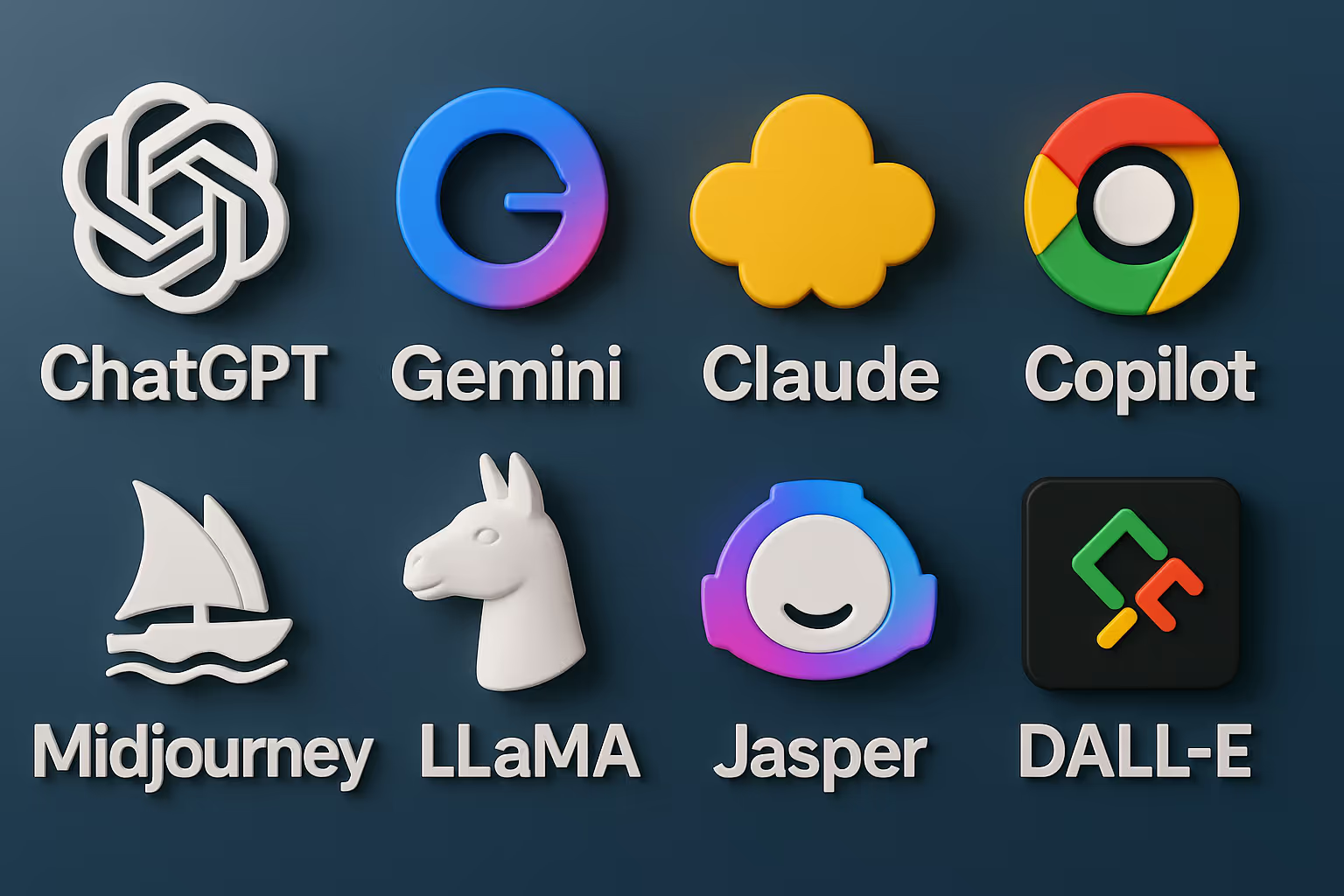
But with hundreds of AI platforms launching each year, selecting the best ones can feel overwhelming. That’s why we’ve curated a definitive list of the top 10 AI tools for 2025. These aren’t just hyped-up apps—they’re real-world productivity boosters trusted by developers, designers, marketers, and business leaders alike.
Whether you need to automate content generation, optimize your workflow, or make smarter business decisions, this guide will help you navigate the rapidly expanding world of AI with clarity and confidence.
The integration of AI tools into daily operations has shifted from a futuristic concept to a necessity for staying competitive. In 2025, we’re seeing AI not only handle tasks once considered too complex for automation but also enhance creativity, improve decision-making, and offer real-time adaptability across workflows.
Key drivers of this revolution include natural language processing (NLP) that understands context and nuance, visual generators that craft brand-ready images in seconds, and AI-powered assistants that summarize meetings or schedule your day. AI is no longer just reacting—it’s proactively organizing work, identifying gaps, and recommending solutions.
A McKinsey study in early 2025 found that organizations leveraging advanced AI capabilities saw a 15% boost in productivity and a 12% reduction in operational inefficiencies across departments, from marketing and HR to software development and customer service.
This evolution is not just about efficiency. It's about redefining how we approach work itself. Whether through AI tools that write compelling ad copy, edit videos with natural language, or debug code in real time, the future of productivity is intelligent, collaborative, and increasingly AI-driven.
With so many options available, identifying the “top” AI tools isn’t just about popularity or marketing buzz. Our selection is rooted in real-world utility, innovation, accessibility, and long-term value. Here’s how we approached it:
By combining industry research, case studies, expert reviews, and first-hand testing, we’ve assembled a list that reflects the true potential of AI in 2025—not just as a trend, but as a transformative force across sectors.
Among all AI tools reshaping productivity in 2025, ChatGPT by OpenAI continues to lead the field with its unmatched versatility. Now powered by GPT-4o, this advanced language model supports real-time, multimodal interactions—meaning it can handle text, code, vision, and even voice input seamlessly.
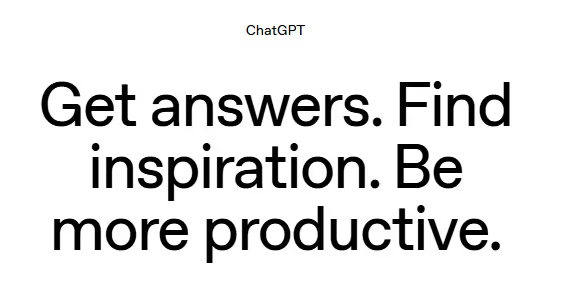
What makes ChatGPT stand out is its adaptability. Marketers use it to craft persuasive ad copy and email campaigns. Developers rely on it for debugging or generating boilerplate code. HR professionals generate policies, and sales teams use it to summarize CRM data and prepare tailored pitches. It’s truly a Swiss army knife for digital workflows.
One of the most impressive updates in 2025 is the introduction of memory features. ChatGPT can now retain context across sessions, personalizing interactions and learning from your preferences—whether you’re asking it to adopt a specific writing tone or remember project guidelines.
Beyond standalone use, ChatGPT integrates with tools like Slack, Google Sheets, Notion, and Zapier, allowing it to perform tasks across apps automatically. For example, with a Zapier connection, you can instruct ChatGPT to summarize email threads and store responses directly into a CRM or spreadsheet.
The free tier offers GPT-3.5 capabilities, while the paid plan unlocks the full GPT-4o experience, including priority access and advanced multimodal functions. This makes it accessible to both newcomers exploring AI and power users embedding it deeply into their workflows.
In summary, ChatGPT remains the gold standard in AI assistance. Its balance of power, precision, and ease of use makes it an essential tool for anyone navigating the complexities of modern digital work.
When it comes to AI tools tailored for developers, GitHub Copilot remains in a league of its own. Powered by OpenAI’s Codex model, Copilot is your AI pair programmer—suggesting entire code blocks, fixing bugs, and even explaining unfamiliar functions in real time.
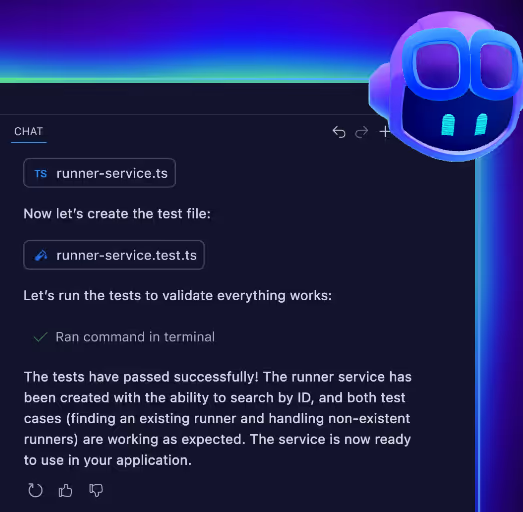
What sets GitHub Copilot apart in 2025 is its deep integration with a wide range of IDEs like Visual Studio Code, JetBrains, and GitHub Codespaces. It’s context-aware, which means it doesn’t just auto-complete code—it understands the logic and structure of your entire project. Whether you're building a web app in JavaScript, writing Python for data analysis, or managing backend services in Java, Copilot delivers precise, usable suggestions tailored to your workflow.
Developers using Copilot report a significant drop in development time. A 2024 study by GitHub revealed that developers using Copilot completed tasks up to 55% faster compared to those coding solo—especially when handling repetitive patterns or unfamiliar frameworks.
Security and team productivity are also major focuses in 2025. GitHub Copilot for Business includes administrative controls, organization-wide policy settings, and telemetry features to ensure secure, compliant usage in enterprise environments.
Pricing is flexible: individual developers can start with a free trial, while business subscriptions offer collaborative features and integration with enterprise repositories.
For any developer—freelancer, startup coder, or enterprise engineer—GitHub Copilot is a game-changer. It turns a solitary coding session into a guided experience, accelerating development and reducing cognitive load. If you're coding in 2025 without Copilot, you're probably working harder than you need to.
In a digital-first world where storytelling drives engagement, Jasper has firmly established itself as one of the top AI tools for content creation in 2025. Initially known for powerful copywriting templates, Jasper has evolved into a full-scale AI marketing hub capable of producing blog posts, ad copy, email sequences, landing pages, and social media content efficiently.
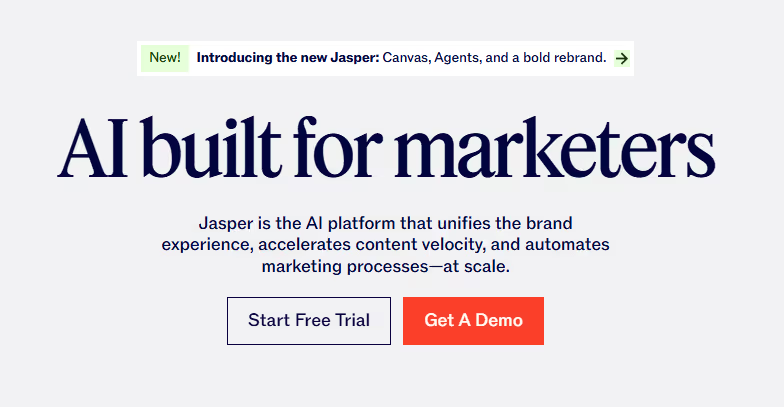
Brand-First AI Generation
Jasper's standout feature, Brand Voice AI, allows marketers to train the platform using their own style guidelines, tone, and brand artifacts—ensuring every generated output aligns with organizational identity. Whether you're launching a product or maintaining brand consistency across channels, this tool flags off-brand phrases and offers corrective suggestions. It significantly reduces content review cycles and helps teams maintain a unified voice.
Scalability with Control
Companies like monday.com and Amplitude leverage Jasper to streamline content operations and maintain editorial standards at scale. Jasper offers collaborative pipelines, approval systems, and integrations with SEO tools like Surfer SEO, allowing content teams to produce high-performing content faster.
Flexible Plans to Suit Your Needs
Jasper caters to a range of users: from solo creators needing quick copy to marketing teams requiring advanced analytics and brand-safe content. The Starter tier grants access to templates and basic Brand Voice features, while Enterprise plans add team controls, API support, and deeper workflow insights.
In summary, Jasper is the ideal AI tool for marketers and creators looking to generate conversion-ready content that remains consistently on-brand—even when scaling across campaigns or teams.
In the rapidly growing world of AI image generation, Midjourney stands out as a trailblazer. Positioned as one of the most artistic and imaginative tools available in 2025, Midjourney has become the go-to choice for designers, content creators, marketers, and brand strategists looking to generate stunning visuals from text prompts.
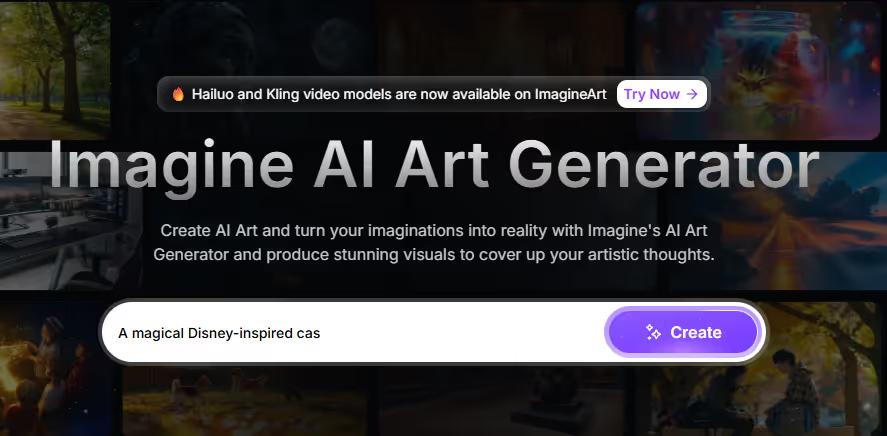
Operating through Discord, Midjourney delivers surreal, cinematic, and richly detailed images that are frequently indistinguishable from those created by professional designers. In fact, Midjourney’s latest version—v6—has seen remarkable adoption for concept art, marketing visuals, product prototypes, and even graphic novels.
A key strength of Midjourney is its community-centric development model. Artists, hobbyists, and developers contribute to the platform’s evolution, refining its capabilities and aesthetics. In 2025, Midjourney also launched a browser-based interface, making it easier for non-technical users to explore its visual potential without the Discord learning curve.
From a branding perspective, companies are using Midjourney to rapidly prototype product packaging, generate storyboards for video content, and create unique social media assets. The tool's ability to interpret abstract concepts—like “futuristic harmony” or “eco-minimalist luxury”—and render them into compelling visuals gives creatives an edge in ideation and storytelling.
For those working with tight budgets or timelines, Midjourney effectively replaces the need for stock photos or outsourced design for many use cases. Its subscription-based model offers flexibility, and while outputs are public by default on the free plan, privacy options are available for Pro users.
Midjourney isn’t just an image generator—it’s a visual thinking tool. If your work involves ideation, design, or visual branding, it deserves a spot in your AI toolbox for 2025.
Google Gemini, the evolution of the company’s earlier Bard project, has become a central force in AI development in 2025. It’s not just another large language model—it’s a robust, multimodal AI ecosystem that seamlessly connects with Google’s deep stack of products, including Gmail, Docs, Sheets, and Analytics.
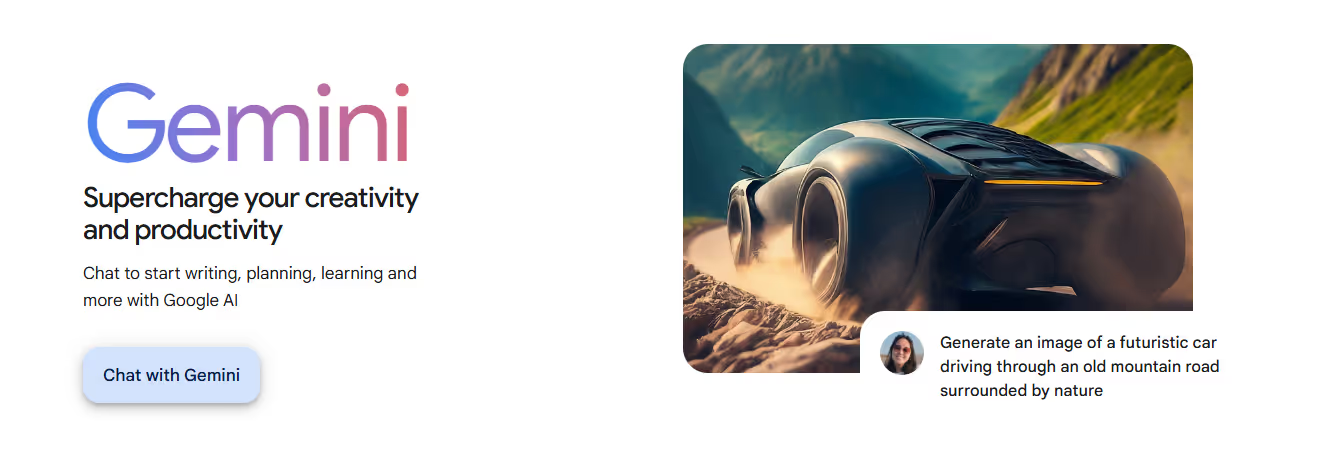
What makes Gemini particularly impactful is its ability to integrate real-time search results and contextual understanding directly into user prompts. For professionals and researchers alike, this means more accurate, up-to-date answers with sourced data—eliminating the need to jump between tabs and tools.
Gemini is designed for a wide audience: content creators seeking verified information, developers looking for code assistance, and business analysts pulling live insights from Google Ads or Workspace. With the launch of Gemini 1.5 in early 2025, the tool now supports longer context windows, more languages, and fine-tuned performance across domains like legal analysis, software development, and market research.
One of its biggest strengths is in collaborative environments. Teams working in Google Workspace can use Gemini to summarize lengthy email threads, extract key insights from meeting transcripts, or even draft presentations based on shared documents. It also aids in writing clean, optimized code—thanks to its enhanced understanding of programming languages like Python, Java, and TypeScript.
Gemini is currently available in both free and premium tiers, with the premium version offering faster response times, deeper Workspace integration, and advanced export features for enterprise use.
As AI tools become increasingly central to business operations, Gemini represents a bridge between live data, workplace productivity, and smart automation. Its real-time access and seamless collaboration features make it one of the most practical and forward-thinking AI tools of 2025.
As more developers seek accessible, high-performance tools to improve their workflows, Codeium has carved out a significant space in the AI ecosystem for 2025. What sets Codeium apart from its counterparts like GitHub Copilot or TabNine is its open-source foundation and zero-cost usage model, making it one of the most inclusive and developer-friendly tools available today.
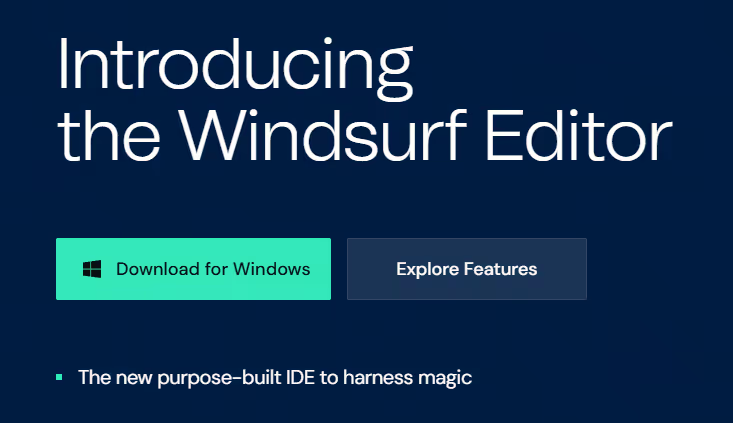
Codeium supports over 70 programming languages and integrates seamlessly with more than 40 IDEs, including VS Code, IntelliJ, Vim, and Eclipse. Its real-time autocompletion is fast, intelligent, and surprisingly accurate for a free tool. Whether you're debugging legacy code or building something new, Codeium’s suggestions help reduce errors, save keystrokes, and maintain code consistency.
The platform continuously evolves through community contributions, ensuring that it's not just reactive, but proactive in meeting developer needs. Features like natural language code search, instant refactoring, and inline code explanations help streamline the development cycle and reduce dependency on external documentation.
In 2025, Codeium also rolled out a collaboration layer for teams. Developers can now track shared coding behaviors, align formatting styles, and share intelligent snippets across projects—ideal for startups and agile dev environments that prioritize speed and consistency.
While it’s free, Codeium doesn’t skimp on data privacy. Unlike some proprietary tools, it processes code locally or through secure enterprise-grade endpoints, a major consideration for teams working on sensitive projects or in regulated industries.
For developers seeking an AI tool that’s fast, flexible, and cost-effective, Codeium checks all the boxes. It’s a clear testament to how open-source innovation can rival even the most premium commercial offerings in the AI space.
In today’s remote-first world, back-to-back meetings are the norm—and so is documentation overload. Fireflies addresses this by acting as your AI meeting assistant. It automatically transcribes conversations, summarizes key points, and highlights action items, so your focus stays on what really matters.
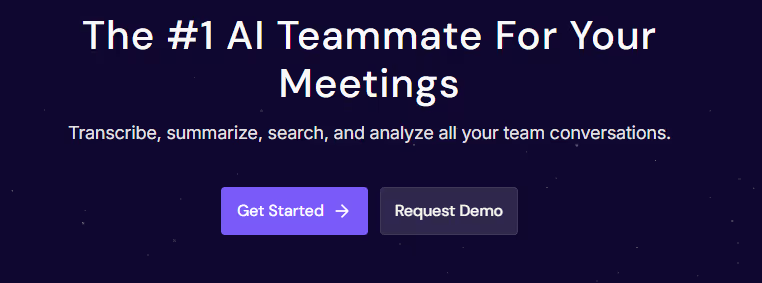
Fireflies integrates smoothly with platforms like Zoom, Google Meet, Microsoft Teams, and even CRMs such as Salesforce and HubSpot—capturing every spoken detail in real time. Its Smart Search and Topic Tracker features let you quickly filter by keywords, detect sentiment, and track recurring themes across conversations. This makes it ideal for retrieving specific context—like “budget constraints” or “Q3 launch timelines”—without sifting through pages of text.
Recent data highlights Fireflies’ growing impact: used by 20 million professionals at over 500,000 organizations, including 75 % of Fortune 500 companies, Fireflies recently reached unicorn status with a $1 billion valuation. Additionally, 72 % of businesses now use AI to enhance their sales process, and Fireflies helps teams achieve 30 % faster deal closures and reclaim 10 hours of selling time weekly by automating notes and follow-ups.
Key capabilities in 2025:
Fireflies offers a robust free plan (with limited storage) and paid tiers starting around $10 per user/month, scaling to $39 for enterprise-level capabilities.
If your schedule is packed with calls, Fireflies is more than a notetaker—it’s your virtual meeting memory, freeing you from admin work while ensuring nothing gets missed.
Canva has long been favored by non-designers for creating professional visuals, and in 2025 its AI suite—Magic Studio—elevates that capability even further. Designed to streamline visual content creation, Magic Studio brings generative AI into Canva’s familiar drag‑and‑drop interface, making advanced design accessible to everyone.
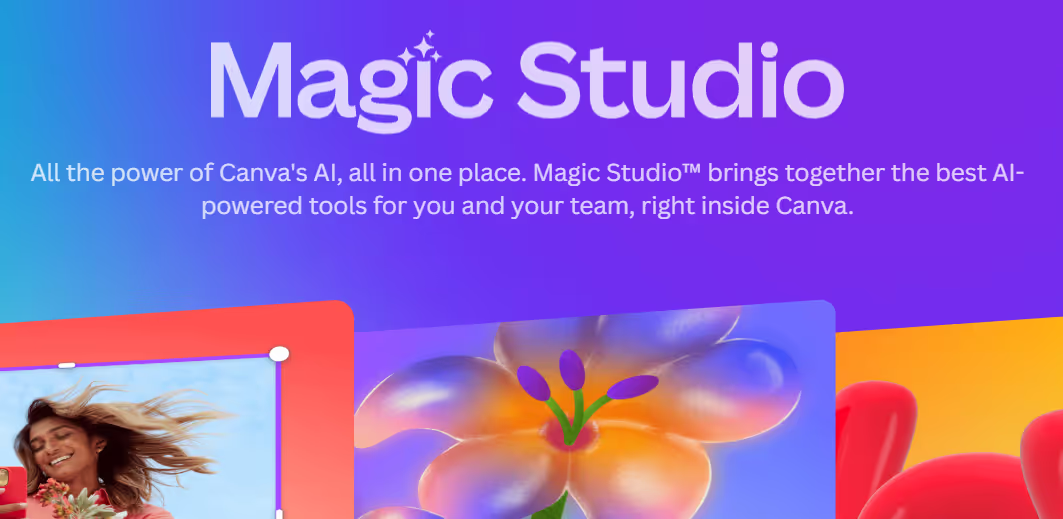
Key tools include:
Canva also recently introduced Visual Suite 2.0, which integrates Magic Studio tools with brand kits, data visualization, and even basic web design—all within one workspace.
From a practical standpoint, users of Magic Studio save significant time. Features like Magic Switch let you automatically convert a design into adapted formats—such as turning a social post into a blog graphic—across languages or formats. Institutions like DocuSign leveraged these tools to rebrand thousands of assets, saving over 500 hours of creative labor.
Magic Studio has also earned recognition, being named one of TIME’s Best Inventions of 2024 for democratising AI design and supporting over 10 billion uses since launch.
With flexible pricing—accessible in the free tier and enhanced in Canva Pro/Enterprise—Magic Studio offers powerful, intuitive design tools at scale. If you need branded graphics, videos, or presentations quickly and without a learning curve, it deserves a place on your 2025 tech stack.
Notion AI has evolved far beyond basic note-taking; in 2025, it serves as a powerful knowledge management assistant. It combines writing, summarization, Q&A, and even meeting transcription into a single, cohesive platform that lives alongside your documents, databases, and workflows.
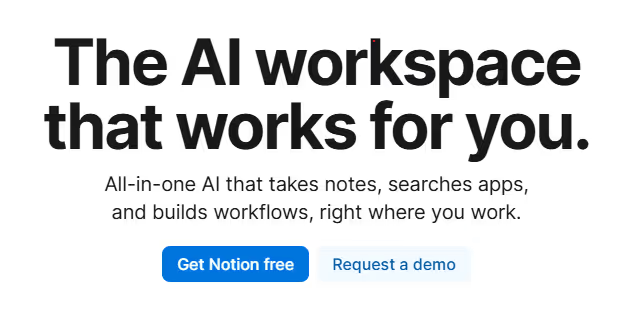
Contextual Q&A & Document Interaction
Notion AI’s Q&A feature lets users ask natural language questions and get precise answers—complete with source citations—from across their workspace. This could mean querying project deadlines, summarizing research, or locating client feedback within seconds . Users report drastically reduced search time and improved clarity in their workflows thanks to this feature.
Writing, Summaries, and Editing
Within any page, Notion AI can generate content, rewrite and refine text, adjust tone, translate, or summarize data—from paragraphs to PDFs—without needing to leave the app.
AI Meeting Notes
Its AI Meeting Notes feature transcribes audio, summarizes key points, and captures action items directly into Notion pages. This integration is highly useful for sales calls, standups, and training meetings, providing teams with documented insights.
Time Savings & Adoption
Enterprises using Notion AI (Business/Enterprise plans) report an average of 0.083 hours saved per query, which can translate into thousands of hours across larger teams annually.
Privacy & Access
AI features are available as add-ons ($8–10/user/month) or included in Business-tier plans, and all data processed remains within your workspace, with compliance maintained across organizational controls.
By turning a static workspace into a searchable, interactive, and collaborative intelligence hub, Notion AI is invaluable for project managers, researchers, and knowledge-driven teams.
In 2025, automation isn’t a luxury—it’s a necessity. Zapier AI Agents stand out by empowering businesses to connect over 7,000 apps and automate end-to-end workflows with just natural language instructions. What once required complex scripting and multiple tools is now achievable through an intuitive chatbot-like interface that handles logic, decision trees, and task execution.
At its core, Zapier Agents combine generative AI with workflow automation. Users can train agents to complete tasks like parsing email content, updating CRMs, generating reports, posting to Slack, or even responding to customer inquiries. All this happens automatically, triggered by specific events or schedules. Think of it as hiring a digital operations assistant who works 24/7 and never needs onboarding.
In 2025, Zapier introduced a major feature: Agent Templates. These pre-built, AI-powered bots come ready to manage sales outreach, analyze spreadsheets, route customer tickets, or sync data across platforms like HubSpot, Airtable, and Google Drive. You can then customize behaviors by simply describing what you want in plain language.
Real-world use cases are everywhere. A marketing agency, for example, might use Zapier to monitor new Typeform responses, summarize customer feedback using ChatGPT, generate visual content with DALL·E, and auto-schedule posts in Buffer—all without human intervention.
Zapier also integrates AI by Zapier, which brings GPT‑4o capabilities into automations, enabling tasks like summarizing documents, generating custom responses, and creating datasets on the fly.
While basic Zaps are available on free plans, advanced features—including AI Agents and multi-step automations—require a Pro or Teams subscription.
For teams looking to scale productivity and reduce busywork, Zapier AI Agents are a game-changer. They blur the lines between automation and decision-making, allowing businesses to do more, faster—and with fewer errors.
Here’s a quick snapshot to help you compare the top AI tools of 2025 based on their primary focus, ideal use cases, and accessibility:
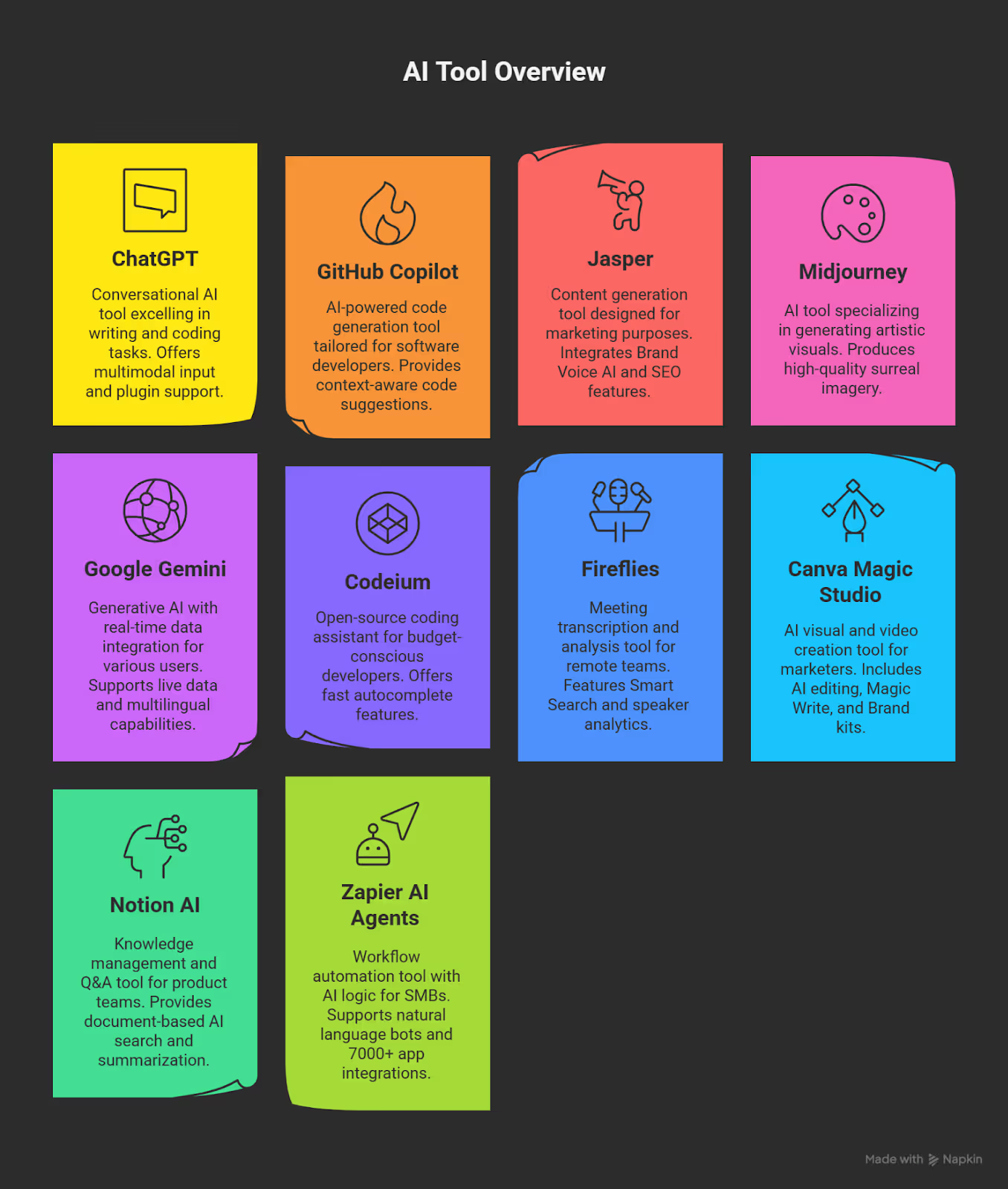
Honorable Mentions: Other Noteworthy AI Tools in 2025
While the top 10 AI tools lead the pack in versatility and adoption, there are several other AI solutions making significant waves in specialized domains. Here are some honorable mentions worth exploring:
Claude, developed by Anthropic, excels in ethical AI conversations, long-context memory, and creative writing support. Its “Artifacts” feature allows users to generate editable documents and code in a side-by-side workspace.
Focused on ultra-fast code autocompletion, TabNine integrates into multiple IDEs and supports over 20 programming languages. Its team training mode also personalizes suggestions based on collaborative workflows.
Though similar to Midjourney in image generation, DALL·E 3 is tightly integrated with ChatGPT. It’s ideal for generating illustrations, marketing visuals, and creative concepts—especially within OpenAI’s ecosystem.
For corporate training and video communications, Synthesia uses AI avatars to deliver professional, human-like presentations. It’s widely used for internal onboarding videos, customer education, and multi-language narration.
Reclaim AI helps busy professionals automate calendar management. It intelligently schedules tasks, blocks time for personal habits, and syncs across tools like Google Calendar and Slack to preserve deep work time.
These tools may not have made our top 10 list, but depending on your industry or niche needs, they could become indispensable parts of your AI toolkit.
Choosing the best AI tool for your workflow depends on what you’re trying to achieve. Here’s a breakdown of which tool shines brightest based on common professional use cases:
If you're writing code daily, GitHub Copilot is like having a second set of hands. Its context-aware suggestions reduce debugging time and speed up development cycles, making it a top choice for software engineers.
Jasper is tailor-made for marketers, bloggers, and content teams. With advanced SEO integrations and on-brand copy generation, it handles everything from email campaigns to landing pages with ease.
For those in need of high-quality, imaginative visuals without a graphic design team, Midjourney generates breathtaking artwork that can elevate everything from product concepts to social media branding.
When streamlining operations is your goal, Zapier AI Agents automate repetitive tasks across thousands of apps. It’s ideal for startups, solopreneurs, and busy professionals juggling multiple tools.
If your work involves organizing, retrieving, and synthesizing large volumes of information, Notion AI’s context-aware Q&A and workspace integration make it an intelligent hub for your digital brain.
Remote or hybrid teams benefit tremendously from Fireflies. It captures, transcribes, and summarizes meetings, ensuring no detail is lost—perfect for project managers, sales teams, and collaborative environments.
As AI continues to mature, several key trends are shaping the future of digital work in 2025 and beyond. These developments are not only advancing how tools function but also redefining how we interact with technology at a fundamental level.
AI models like GPT‑4o and Gemini 1.5 are pioneering a new generation of tools that accept and process multiple forms of input—text, voice, images, and even video. This shift enables a more seamless, human-like interaction with machines and opens new possibilities in design, customer service, and education.
As data privacy regulations become more stringent, companies are investing in edge AI—models that process data locally instead of on cloud servers. This offers enhanced security, faster response times, and increased compliance for sectors like healthcare, finance, and defense.
Trust in AI is becoming a top priority. New tools are offering transparency into how models make decisions—whether that’s why an AI scored a candidate a certain way or how it derived insights from a dataset. Tools like DataRobot and H2O.ai are pushing this movement forward by embedding interpretability into enterprise workflows.
Tools like Zapier, AutoGPT, and AgentOps are leading the way in autonomous task execution. These agents can follow multi-step instructions and adapt their responses based on changing inputs—bringing us closer to AI that doesn’t just assist but acts independently within defined guardrails.
Whether it’s generating custom visuals, curating product recommendations, or adapting messages based on tone, AI in 2025 is enabling hyper-personalized content delivery. This has major implications for marketing, education, and e-commerce.
AI is bridging the gap between right-brain and left-brain workflows. The same platform can now analyze financial data, generate infographics, and draft an executive summary—all without switching tools. Platforms like Canva Magic Studio and Notion AI exemplify this convergence.
As these trends continue to unfold, the challenge for users won’t be finding AI tools—it will be selecting the right ones to fit seamlessly into their daily workflows.
Q1: What is the most versatile AI tool available in 2025?
A: ChatGPT by OpenAI remains the most versatile. It can write, code, summarize, translate, generate ideas, and even interact with other software via plugins or Zapier. Its adaptability makes it ideal for a wide variety of users.
Q2: Which AI tools are best for content marketing?
A: Jasper and Canva Magic Studio are leading choices. Jasper handles long-form and short-form text generation with brand voice control, while Canva uses AI to generate visuals, videos, and presentations quickly and at scale.
Q3: Are any of the top AI tools free to use?
A: Yes. Tools like ChatGPT (GPT-3.5), Codeium, Fireflies (with limitations), and Notion AI (trial-based) offer powerful features at no cost. Zapier also offers free usage of basic Zaps.
Q4: Can AI tools replace creative professionals or developers?
A: Not entirely. AI enhances productivity and automates repetitive tasks, but it still requires human oversight, creativity, and ethical judgment—especially for decision-making, brand strategy, and high-stakes problem-solving.
Q5: What industries benefit most from AI tools in 2025?
A: Software development, digital marketing, education, finance, health tech, and sales are all seeing massive productivity boosts. The ability to analyze data, generate content, and automate tasks is transforming these industries.
Q6: How can I stay ahead in the evolving AI landscape?
A: Focus on learning how to integrate AI into your existing workflows. Follow updates from AI platforms, invest time in tools with proven productivity outcomes, and align your use of AI with your goals. For curated advice and implementation strategies, visit Ballistic Design Studio, where we help businesses unlock the full potential of modern digital tools.
The rise of AI tools in 2025 marks more than just a technological evolution—it’s a cultural and operational transformation. Whether you’re a solopreneur, team leader, developer, or marketer, the right AI tool can amplify your work, save you hours each week, and unlock creative possibilities you didn’t know existed.
But with great power comes the need for strategic adoption. Choose tools that align with your goals, experiment with new functionalities, and build systems that leverage AI ethically and efficiently.
If you're ready to build smarter workflows, create standout content, or automate your backend processes, Ballistic Design Studio offers expert guidance in integrating AI into your digital stack. From branding to automation, we make the future of work accessible, creative, and human-centric.

Wait, don't go! 100% Free - Unlimited Webflow Development for 7 days.
Only valid for-